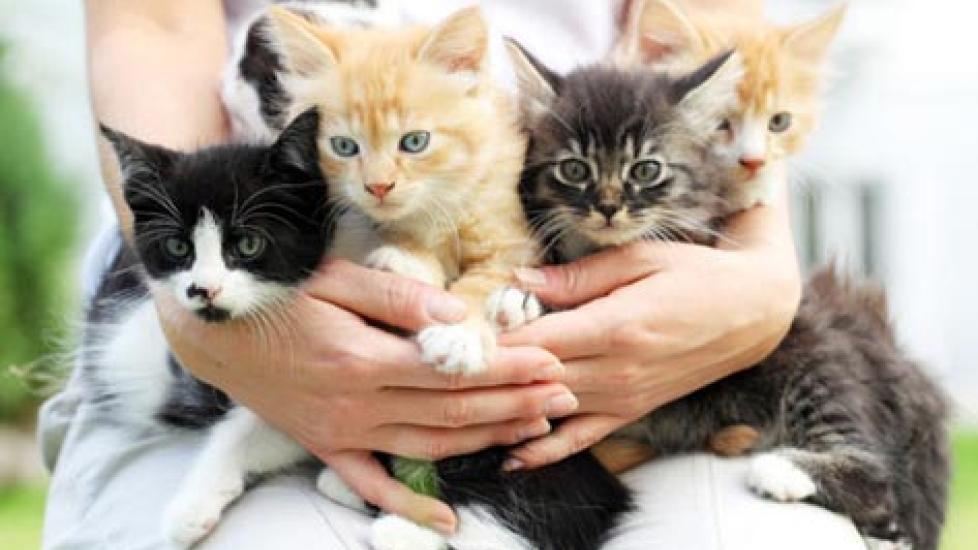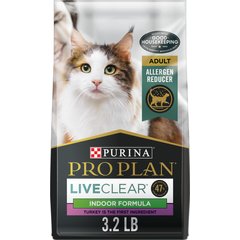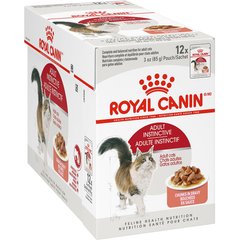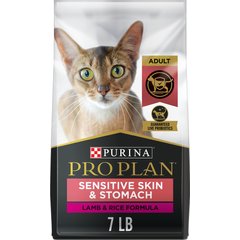The Challenge of Feeding in a Multiple Cat Household
According to the American Pet Products Association, more than half (52%) of cat owners have more than one cat. Some of the problems that plague multi-cat households, such as turf battles and litter box issues, are well known; but owners often overlook the challenges associated with providing balanced nutrition to each individual feline. To feed a houseful of cats appropriately, owners must closely monitor mealtimes to ensure that each cat eats the right amount of the right food.
Picking the Right Cat Food
Not every cat food is right for every cat. What constitutes balanced nutrition varies with a cat’s age, lifestyle and health. For example, kittens need to eat kitten food, while a moderately active 3 year old would probably thrive on an adult food, and an otherwise healthy but sedentary 15 year old might do best on senior diet.
Additionally, many feline medical conditions including obesity, diabetes mellitus, heart disease, food allergy/intolerance, liver disease, skin problems, hyperthyroidism, lower urinary tract disease, and gastrointestinal disorders are treated with therapeutic diets. In most cases, if a healthy cat takes a bite or two of a therapeutic diet no harm will be done; but the opposite is not always true. For example, the benefits of a diet for hyperthyroidism or food allergy will be negated if the patient regularly gets into even small amounts of their housemate’s food.
Vet Recommended Cat Food
- Purina Pro Plan LIVECLEAR Adult Indoor Formula Dry Cat Food, 3.2-lb bag$18.78Chewy Price
- Hill's Science Diet Adult Multiple Benefit Chicken Recipe Dry Cat Food, 15.5-lb bag$63.99Chewy Price
- Royal Canin Feline Health Nutrition Adult Instinctive Chunks in Gravy Cat Food Pouch, 3-oz, case of 12$26.28Chewy Price
- Purina Pro Plan Adult Sensitive Skin & Stomach Lamb & Rice Formula Dry Cat Food, 7-lb bag$28.08Chewy Price
Choosing the Right Amount of Cat Food
Obesity is the biggest health concern facing pet cats in the United States today. In fact, a recent survey by the Association for Pet Obesity Prevention estimates that 54% of cats are either overweight or obese. Overfeeding and a lack of exercise are the primary reasons for this epidemic. Filling up several food bowls and topping them off whenever necessary is certainly the easiest way to feed in a multiple cat household, but it puts cats at high risk for over-eating and obesity. Conversely, if one or more individuals are especially dominant around feeding stations, less assertive cats may not have adequate access to food and become malnourished.
Finding Time to Monitor Your Cats
A change in appetite is an early symptom of many feline illnesses. Cats with hyperthyroidism or diabetes mellitus may eat more than normal; while other common conditions, like kidney disease and dental disorders, typically cause a reduction in food intake. When multiple cats in a household have 24/7 access to food, owners lose their ability to closely monitor each individual’s appetite which can lead to delayed treatment and poorer outcomes.
The Solution
All of these issues can be addressed by feeding cats discrete meals rather than leaving food out for long periods of time.
Measure out the correct amount of each cats’ food and place the individual meals into separate bowls. Feed the cats as far apart as possible. Ideally, feeding stations should be separated by doors that can be closed at meal times, but if this is impossible watch the cats closely to make sure that each only eats from his or her own bowl. Once a cat has finished its meal, or had 15 minutes or so to do so, pick up the bowls and repeat the process roughly 12 hours later or on the schedule recommended by your veterinarian.
Meal feeding does take a little more effort in comparison to free-choice feeding, but the benefits far outweigh the inconveniences.




